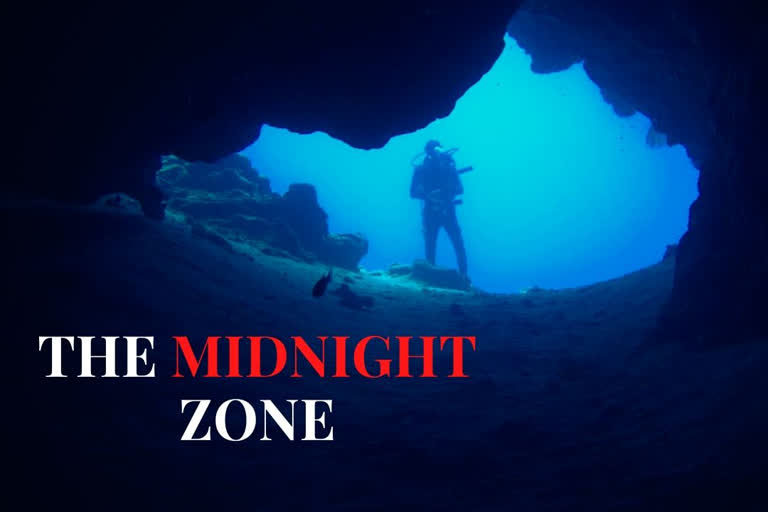Mediterranean Sea: Within the next few days, scientists from the British-led Nekton Mission will begin their five-week expedition in the Indian Ocean into a 'Midnight Zone' where light barely reaches, but life still thrives.
Working with the Seychelles and Maldives governments, they'll be targeting seamounts - vast underwater mountains that rise thousands of metres from the seafloor.
To explore such inhospitable depths, Nekton scientists will board one of the world's most advanced submersibles, called 'Limiting Factor'.
Last August, the suitcase-shaped sub completed the Five Deeps Expedition, diving to the deepest point in each of the world's five oceans.
The deepest was almost 11,000 metres (36,000 feet) down - deeper than Mount Everest is tall.
"If you accept that the deep ocean is the largest biological habitat on earth, and we only have this one vehicle, this one pathfinder, that can actually get down to the lower half of it. This is the key, this is the vehicle that will unlock the secrets to the Hadal Zone," says Rob McCallum, expedition leader on the Pressure Drop mothership.
The Hadal Zone is the deepest region of the ocean, between 6,000 and 11,000 metres.
Read more: Watch magical Christmas light show at the Royal Botanic Gardens Kew
To withstand such crushing pressures, the sub's two-person crew compartment is wrapped in a nine-centimetre (3.5-inch) titanium cocoon. It also carries up to 96 hours' worth of emergency oxygen.
"It's a very inhospitable environment, that pressure does represent significant threat," says mission director Oliver Steeds.
"If there was a catastrophic failure to the pressure hull and there was water ingress, the water could come through at such power because of that pressure to atomize you in a nanosecond," he said.
Using sampling, sensor and mapping technology, scientists expect to identify new species and towering seamounts, as well as observe man-made impacts, such as climate change and plastic pollution.
"We need to keep us nice and warm, so there's gonna be some insulation as well. And make sure, of course, there's oxygen for us to breathe. Of course, there's no air down there either," explains Nekton principal scientist Lucy Woodall.
Also read: Get a bite of pastry inspired by COVID-19
'Limiting Factor' owes its suitcase-shaped design to its main function - sinking. The sub can descend to full ocean depth 11,000 metres in under four hours.
'Limiting Factor' has three wide-angle view ports and a dexterous manipulator arm to pick up samples, like rocks.
It's fitted with ten powerful LED lights that shine 15,000 lumens through the darkness, mimicking the brightness of sunlight.
Ten powerful electric thrusters help move the sub around. It is light, weighing in at 11.2 tons. It is 4.6 metres long, 1.9 meters wide and 3.7 meters high.
"You don't expect to use this for transportation, the idea is it's for exploration," says Lahey.
Lahey began diving in 1975 and has over 30 years of underwater experience. He says it's an exhilarating adventure.
Nekton scientists will combine their observations with those conducted last year during a seven-week Indian Ocean mission. They plan to present their findings in 2022.
"People are always asking what sort of things will you discover in the deep? And the honest answer is that we don't know," says McCallum.
"We know so little about the Hadal Zone, so little about the extreme deep, that we barely know what questions to ask, let alone what the answers will be," he said.
'Limiting Factor' and its 68-metre mothership, 'Pressure Drop', is now heading for the Seychelles.
The main science expedition is set to begin 16 March.
Also read: Enjoy your Christmas by taking a tour of Lapland virtually



